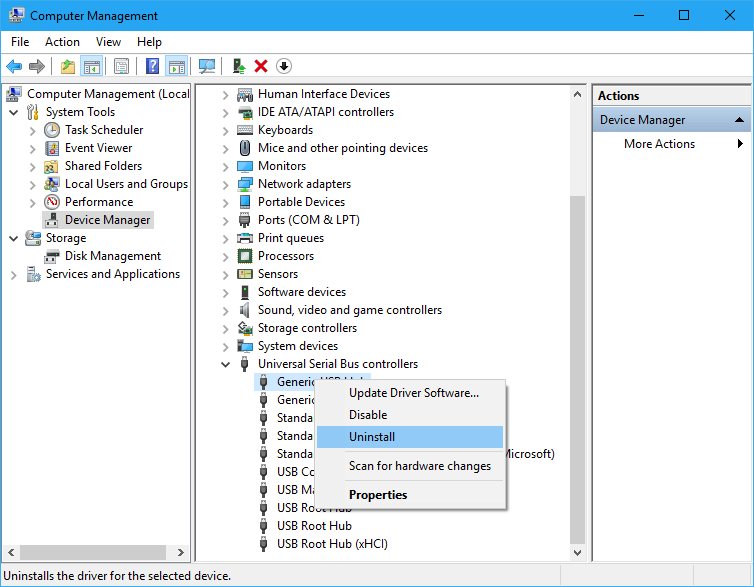
 On the Install Windows screen, select Repair your computer instead of Install. Reboot and test again without booting from the USB media to see if it worked. Change it if necessary.Īgain, it could be buggy, maybe not. This assumes Windows is installed on your C: drive. Select Troubleshoot and then Command Prompt. From the bootable Windows screen, select Repair your computer instead of Install.
On the Install Windows screen, select Repair your computer instead of Install. Reboot and test again without booting from the USB media to see if it worked. Change it if necessary.Īgain, it could be buggy, maybe not. This assumes Windows is installed on your C: drive. Select Troubleshoot and then Command Prompt. From the bootable Windows screen, select Repair your computer instead of Install. 
In that case, reboot to Windows boot media or stay where you are if an error has occurred.

Sometimes it thinks so, but it actually isn’t.

Startup Repair sometimes indicates immediately that the error cannot be fixed. Let it boot into Windows so we can see if it worked or not. If so, don’t press the spacebar to boot from USB. The process takes time and keeps you informed. It’s a bit hit and miss at times, but it’s well worth a try before doing more in-depth repairs. This is the automated Windows repair process that may be able to fix the error without doing anything else.
Select Troubleshoot and then Advanced options. In the first Windows screen, select Repair your computer instead of Install. Otherwise, when you see the option to boot from USB on reboot, hit the spacebar to do just that. If you changed your BIOS or UEFI to use only the hard drive, you will need to go to the settings during boot to add the USB drive. Once done, leave the USB drive in your computer and reboot. It downloads the Windows 10 ISO, installs it along with the boot files and allows your computer to boot with it. Making bootable media takes a while, but the Media Creation Tool takes care of everything for you. Select your drive from the list on the next screen and then Next. Select Use the recommended options for this PC or set your own and click Next. Select Create installation media (USB flash drive, DVD or ISO file) for another PC and click Next. Accept the agreement and insert your USB stick into your computer. Select MediaCreationTool.exe and run the tool. Download the Media Creation Tool from Microsoft.








 0 kommentar(er)
0 kommentar(er)
